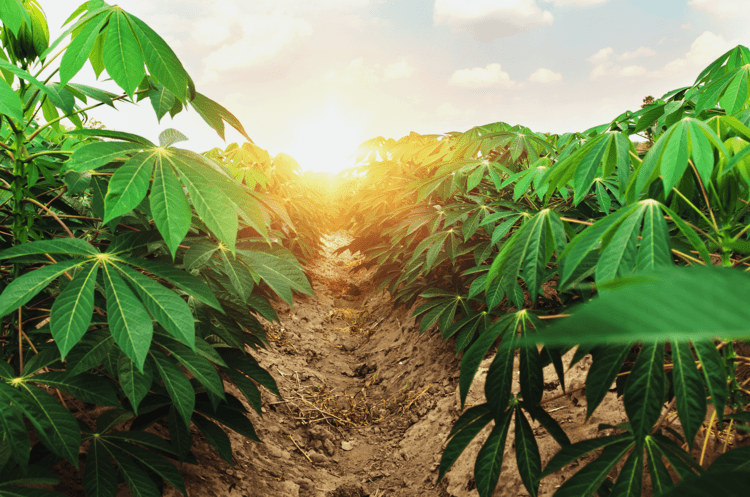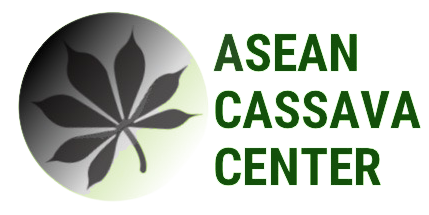Vietnam: Cassava Cultivation Situation

Cassava cultivation
Cassava cultivation in Vietnam has transformed from a food crop into a vital income source for small farmers. In 2021, around 528,000 hectares were dedicated to cassava production, mainly in the Southeast, resulting in nearly 10.7 million tons, averaging 20.3 tons per hectare. Popular varieties like KM94 and KM419 have gained widespread adoption, with over 85% of farmers using them.
Farmers across the country now embrace fertilizers, especially in the Southeast, which applies the highest rates. Despite this progress, cassava cultivation remains labor-intensive, with an average requirement of 260-man days per hectare, varying by region.
Commercialization of cassava is strong, with 88.5% of products sold as fresh roots and 10.1% as dried chips, primarily purchased by local traders at the farm gate. Cassava's success is further bolstered by Vietnam's cassava starch processing industry, comprising around 120 industrial-scale factories with a combined capacity of 11.3 million tons per year. Vietnam ranks second globally in cassava exports, with China as the primary market, accounting for 95% of exports.
The main problem in cassava cultivation production and consumption
While cassava has immense potential, it faces several challenges, including crop competition, low yields, diseases, soil degradation, labor intensity, pollution during processing, and market price fluctuations. Cassava Mosaic Disease (CMD) poses a significant threat, potentially leading to yield reductions if not controlled.
Government Initiatives
Government policies and initiatives have played a pivotal role in supporting cassava cultivation, and there is an established "Vietnam Cassava Society" coordinating cassava-related activities.
Key Challenges
Key strategies for cassava cultivation technology development in Vietnam include selecting high-yielding, disease-resistant varieties, promoting integrated cultivation techniques, and focusing on environmentally friendly practices. The government aims to increase the share of renewable energies, including cassava, in the energy mix to achieve energy security and sustainability.
Innovation/Modern technology
Innovation and modern technology adoption have been instrumental in improving cassava productivity. Farmer Participatory Research (FPR) and the 10 Techniques (10T) program have introduced advanced technologies and best practices to millions of smallholders, increasing yields and profits.
Opportunities for further development lie in optimizing variety selection, disease control, soil fertility management, and the application of modern technologies like drip irrigation and smart farming.
Strategies for knowledge and technology
To facilitate knowledge and technology transfer, strategies include organizing local training, translating materials into Vietnamese, establishing national cassava centers, and creating local networks within the cassava value chain.
SWOT Analysis
A SWOT analysis highlights strengths in integrated cultivation techniques, while weaknesses include challenges like crop competition and diseases. Opportunities include the growing market for cassava, especially in China, while threats include shrinking agricultural land and the lack of a comprehensive master plan for sustainable cultivation.
